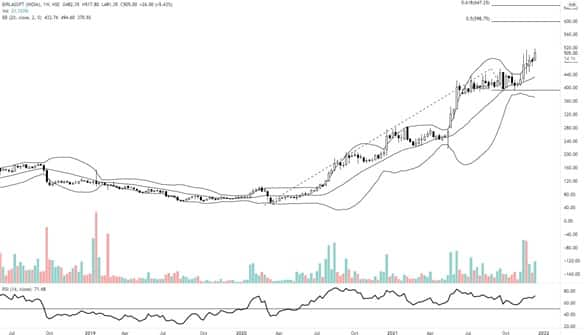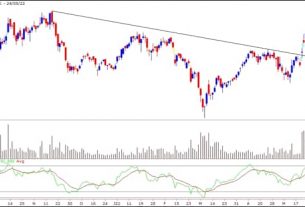
Open Interest is a simple accounting information about futures and options, yet a powerful tool to figure out many of the traders’ secrets. We will discuss how such consensus depicted by the open interest data can help in figuring out the best entry and exit parameters.
First let us define Open Interest. Open Interest is nothing but number of contracts created. Consider this, Buyer 1 and Seller 1 create a future or option contract by transacting with each other. Now if there is new interest, Buyer 2 and Seller 2 come along. They transact and there is another Open Interest. Let us just concentrate on this for now. Higher the Open Interest means higher Participation into the future or option instrument.
Secondly, specifically with regards to Options + Open Interest. Let us rewind back to the insurance like use of Options. As we all know without Insurance companies or Insurance Sellers there would be no insurance. Likewise, there would be no open interest without option sellers. Now let us make 1 + 1 = 2.
More Open Interest = More Sellers in Option = More confident Sellers of the Option Expiring Worthless (Only then they would make money)
High Open Interest in Call = Most Option Sellers Expecting of Stock/ Index Price not going Higher than Stike by the Expiry
High Open Interest in Put = Most Option Sellers Expecting of Stock/ Index Price not going Lower than Stike by the Expiry
How does one get help in trading from this?
Trade Entry:
For Bullish Bets we want the stock to go higher. When we are eying a pull back,
Entry = Stock getting closer to Heaviest Put (Considering there is a reason in place for Buying). Entry point could be close to heaviest Put.
For Bearish Bets we want the stock to go lower. When we are eying a respite (move back up after hitting the lows).
Entry = Stock getting closer to Heaviest Call (Considering there is a reason in place for Selling). Entry point could be close to heaviest Call.
Trade Exit:
For Bullish Bets:
Exit = Sustained Break below Heaviest Put Strike (Means the consensus of the Stock can not go lower than Strike has been invalidated).
For Bullish Bets:
Exit = Sustained Break above Heaviest Call Strike (Means the consensus over the highest the stock can go has been invalidated).
These are some of the sweetest spots that I have used in my trading bets for over a decade. It has worked really well empirically.
Now let us see the best part of this Options Open interest assisted trade entry and exits. The entries are generally about a percent or so away from the Heaviest Open Interest strike (be it a call or a put). The exits are also around similar distance upon crossover of the strikes. This will help you device a trade with minimal potential loss.
Thus, we refine our trades using Options Open Interest in 2 ways:
1. Lower Probability of stop loss being hit supported by large number of option sellers
2. Absolute loss amount would always be very less but with continuation of trend profits could be much higher.
Disclaimer: The views and investment tips expressed by investment experts on Moneycontrol.com are their own and not those of the website or its management. Moneycontrol.com advises users to check with certified experts before taking any investment decisions.


